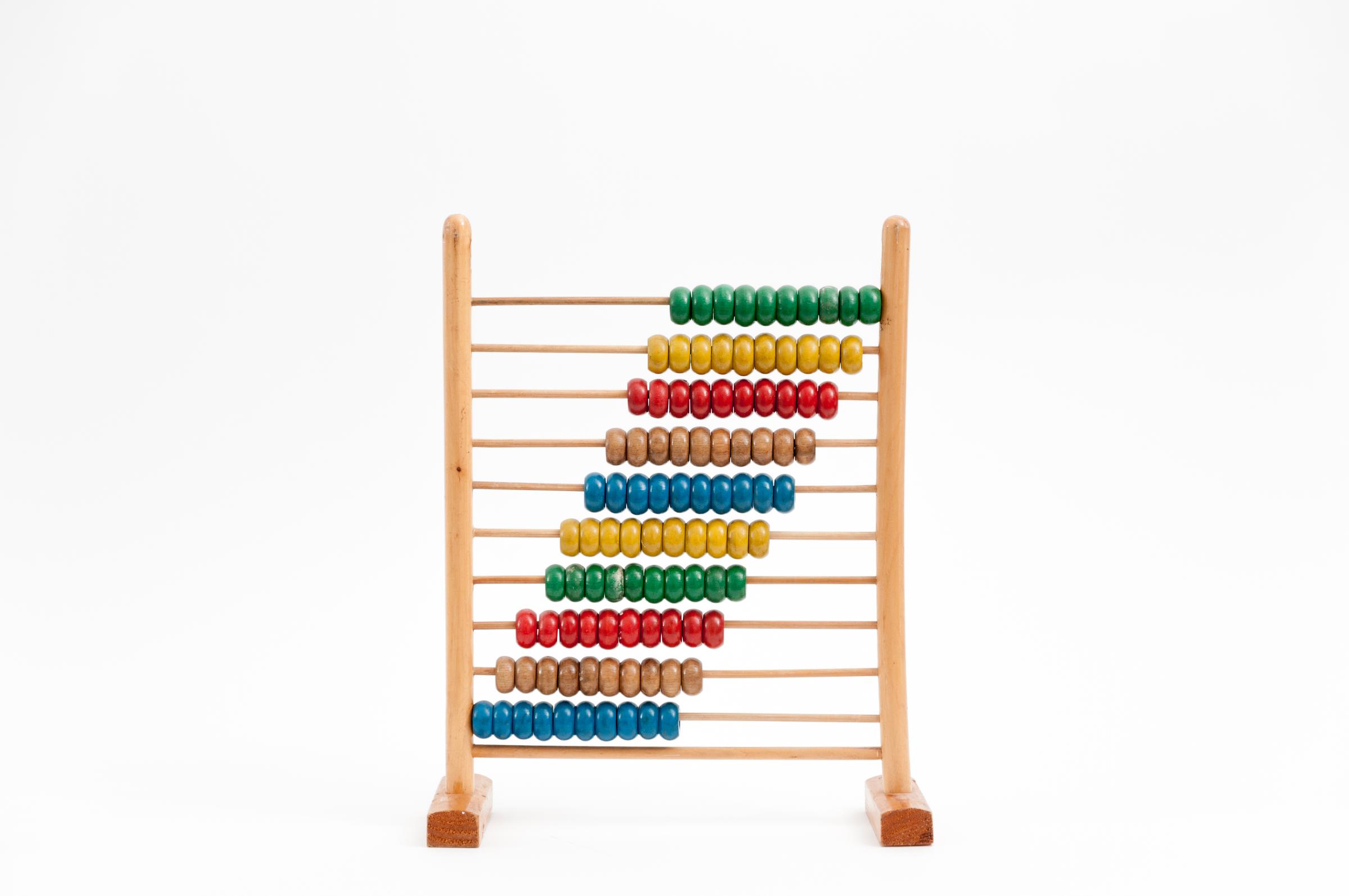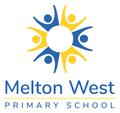Numeracy Report

Dear Parents and Carers,
Welcome back to term 4. It is fantastic to have everyone back on site this term. Everyone is so excited to be back learning together in a real time classroom.
DOING MATHS TOGETHER AT HOME
Research shows that families are the most significant influence on their children’s learning, development, health, safety and wellbeing. Your family can play a key role in helping your child prepare for school, and then succeed when they reach school.
Through everyday activities at home you can also help them develop their numeracy skills, such as calculating and using numbers, recognising patterns, and using language to develop mathematical understanding.
Talking about maths.
It is important for children to develop specific language skills related to maths. Visits to the playground, or helping at home, provide rich and meaningful contexts to develop these skills. It might take time for your child to use these terms and language effectively, but exposure to this mathematical talk is a strong support for future learning.
Some activities to develop mathematical language:
- Use specific terms when asking for items. For example, ask your child to get the ‘one litre’ milk bottle from the fridge, or the ‘one kilo’ bag of flour from the cupboard
- When cooking, talk about different measurements used, such as teaspoons, millilitres, litres, and cups. Discuss ideas about empty and full
- As you walk, talk and play together describe your child’s movements as they climb ‘over’ the fence, slide ‘between’ the poles, and swing ‘under’ the monkey bars. This helps your child understand language related to spatial awareness
- Sorting activities support your child to understand concepts such as ‘same’ and ‘different’. Use recycling as an opportunity to sort items to place in the rubbish. For example, paper, plastic, food waste and general waste.
Counting
Counting is one of the first experiences of maths for young children. Learning to say numbers often begins with a favourite song or rhyme and the repetition of the number names. Children will often say the numbers before they visually recognise and identify individual numbers.
Here are some activities and tips to engage your child with counting:
- Listen for the counting sequence in these songs and rhymes, which can all be found on www.youtube.com: • Five Little Ducks • Ten in the Bed • 1, 2, 3, 4, 5, Once I Caught a Fish Alive • Ten Green Bottles • Five Little Monkeys • 1, 2, Buckle My Shoe
- Children will begin by counting all objects in a group, for example fingers and toes, the buttons on their clothes, steps to the house, or their toys
- As children move on to counting a set of objects, they begin to link each object with one number. In the beginning, encourage your child to touch each object as they say the matching number.
When beginning to count a group of objects, children may need to arrange the objects in a line to help them count. Later they will be able to start counting from any object without arranging the objects.
Once your child is confident, use different numbers as the starting point for practising counting. For example, start counting from 6 or 10. Ask your child to count forwards and backwards. Ask what number comes before, or what number comes after, a given number.
Counting everyday: You can incorporate counting into everyday activities such as:
- Cut fruit into six pieces and ask your child to count the pieces
- Count the pieces of toast you cooked at breakfast
- Add the total number of cutlery items at the table
- Count the number of people travelling in the car or on the bus
- Count the number of houses as you walk along the street
- Count how many steps it takes to walk from the kitchen to the bathroom
- Practise counting when grocery shopping with your child (for example, counting the number of apples you put into the bag)
- Encourage your child to talk about the number of things in the pictures they draw.
Next issue we will look at ideas for children in years 3-6.
(Taken from Department of Education - LITERACY AND NUMERACY TIPS TO HELP YOUR CHILD EVERY DAY A GUIDE FOR PARENTS OF CHILDREN AGED 0-12)
Kind regards
Jennifer O’Connor
Assistant Principal Prep-2 Learning Community
